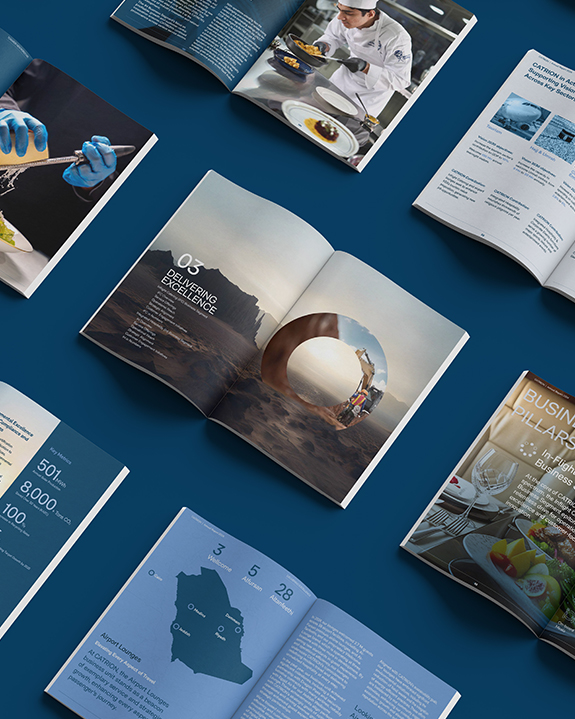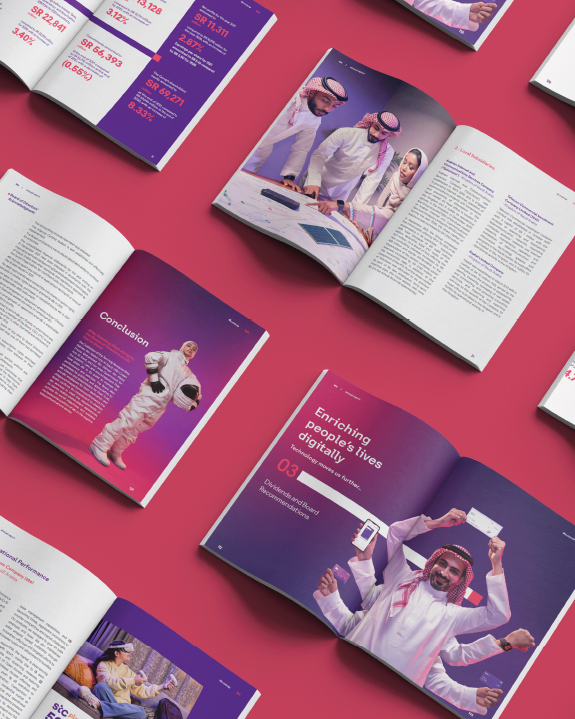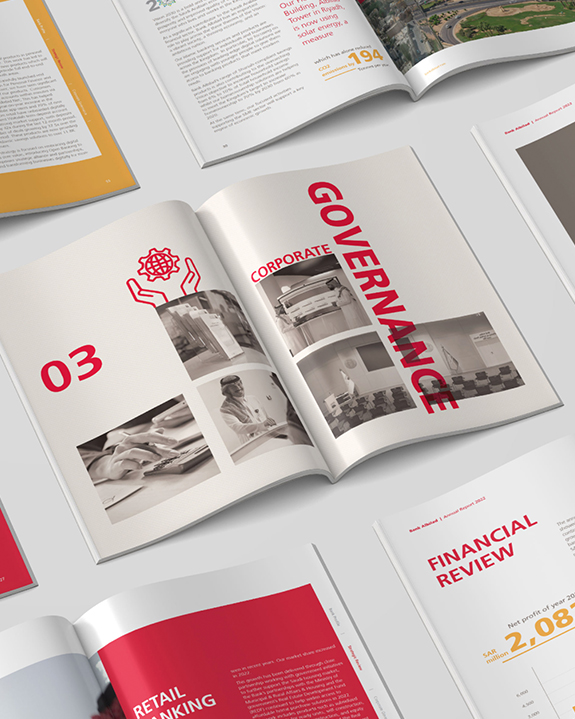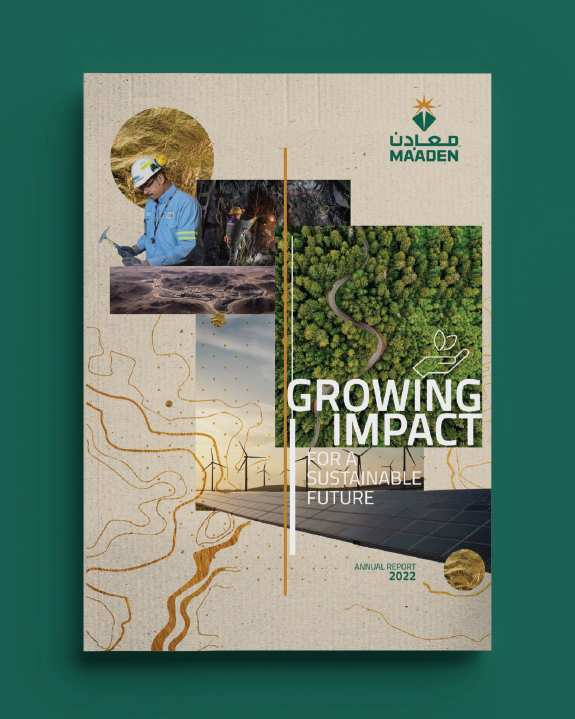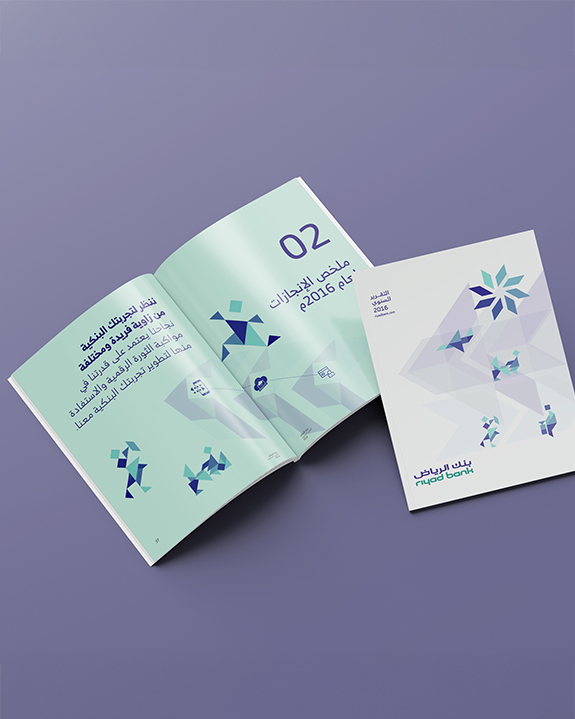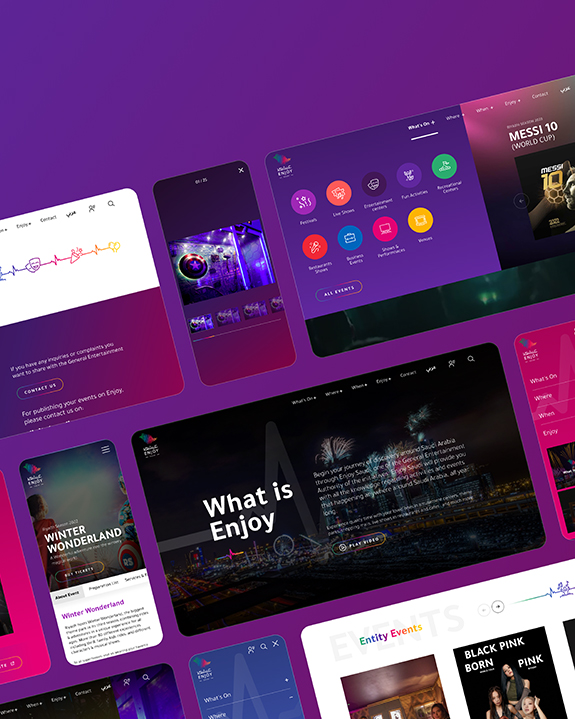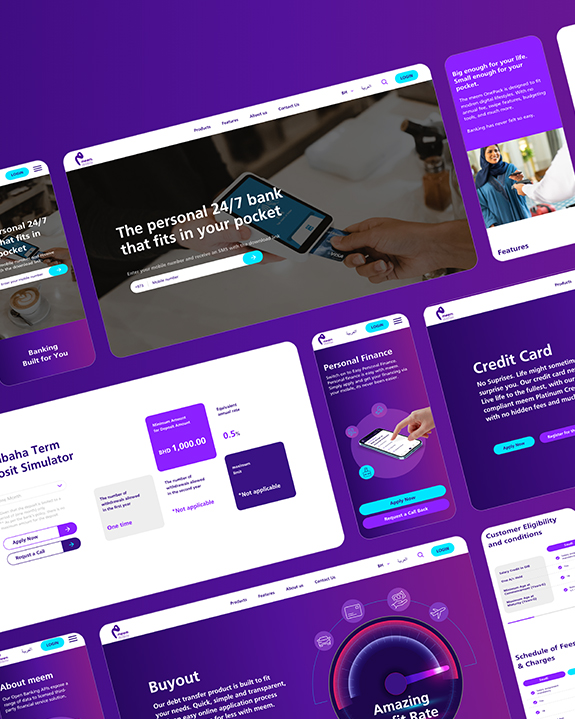From Compliance to Connection: The Future of Annual Reports
Where bilingual clarity meets editorial care and connection follows
Annual reports are public statements of intent, read by regulators, partners, communities, and employees alike.
They reveal the personality of a report, where the tone, rhythm, and language say as much about a brand’s values as its numbers do. That’s why the future of reporting goes beyond meeting requirements.
In the Gulf, connection is the new compliance.
Compliance meets the standard, and belief moves the brand forward.
The Shift We’re Living
For decades, annual reports have been treated as a regulatory ritual. A formal document, published once a year, designed to satisfy shareholders, auditors, and compliance teams. But something’s changing. Quietly, steadily, and unmistakably.
And when the report feels distant, templated, or emotionally flat, they disengage.
That’s the shift.
From compliance to connection.
From reporting facts to shaping trust.
What Gulf Audiences Actually Read
In Bahrain, Saudi Arabia, and the UAE, annual reports are read with intention. Not just by investors, but by regulators, partners, employees, and communities. These readers aren’t scanning for financial ratios alone. They’re scanning for signals.
Does this company understand its context?
Does it speak with clarity and care?
Does it sound like it belongs here?
That’s not a formatting issue.
That’s an emotional fluency issue.
And it shows up everywhere, from the CEO’s message to the sentences under a photo.
The Issue is in the Feeling
Most annual reports follow a familiar structure: financials first, strategy second, ESG somewhere in the middle, and a few scattered quotes to humanize the tone. But structure alone doesn’t build belief. What matters is how the story is told, and whether it feels like it belongs to the region, the audience, and the moment.
We’ve seen reports that look polished but feel generic.
We’ve seen Arabic translations that sound like they were written by a machine.
We’ve seen design systems that prioritize symmetry over storytelling.
The issue isn’t the report itself. It’s how it’s felt.
From Obligation to Opportunity
When done well, an annual report becomes a brand moment. A chance to show leadership, clarity, and cultural intelligence. But that requires a shift, from reporting facts to shaping meaning.
Here’s the difference:
| Traditional Annual Report |
Resonant Annual Report |
| Follows a rigid structure |
Builds a narrative arc |
| Prioritizes financial data |
Balances data with emotion/td> |
| Translates English into Arabic |
Crafts Arabic as a first voice |
| Uses templated design |
Uses design to guide feeling and flow |
| Speaks to regulators |
Speaks to stakeholders, communities, and culture |
This shift is the difference between a report that’s read and one that’s remembered.
Start With Arabic. Not After It
Too many reports treat Arabic as a translation task, something to be added once the English is finalized. That hierarchy shows. It shows in stiff phrasing, awkward rhythm, and captions that feel disconnected from the region.
Arabic is the foundation.
It carries warmth, heritage, and emotional clarity. It’s the language of trust.
So start with it. Shape the tone. Then build the English to match.
This is a strategic step. Because when users feel seen in their language, they engage. And when they engage, they believe.
Design Is Editorial
Design is storytelling. Every layout decision, every margin, every line break, every font choice, affects how the message lands.
In annual reports, design should do more than organize content. It should guide emotion, create rhythm, and make the experience feel intentional.
That means:
Avoiding cluttered grids that overwhelm the reader
Using white space to signal pause and reflection
Aligning visual rhythm with editorial tone
Prioritizing bilingual harmony, not hierarchy
When design and language work together, the report becomes more than readable. It becomes memorable.
Editorial Leadership Matters
AI tools are increasingly part of the reporting process. They help with drafting, formatting, even translation. But they don’t understand the nuance. They don’t feel rhythm. They don’t know when a sentence sounds emotionally off.
That’s where editorial leadership comes in.
Strong editorial teams mentor the machine. They refine outputs, elevate tone, and push for originality and regional relevance.
They ask:
Does this sound like us?
Or does it sound like everyone else?
That’s the standard, and it should apply to every caption, every paragraph, every translation.
Building a Better Reporting System
To rethink annual reports, we need to rethink the system behind them. Not just the document, but the process.
These choices define the front-facing voice of the brand.
Reports That Build Belief
The best annual reports connect with audiences.
They speak with clarity, reflect care, and feel like they were written for the people who matter most.
That’s what builds belief.
Not just numbers. Not just compliance. But emotional resonance.
In the Gulf, where language is layered with meaning, that resonance starts with Arabic.
The Role of Emotion in Strategy
Emotion isn’t a soft skill.
It’s a strategic one.
When a report feels emotionally clear, it signals confidence. It shows that the brand knows its audience, respects its context, and values connection.
That’s what stakeholders respond to.
Not just metrics, but meaning. Meaning is shaped by tone, rhythm, and care.
Where Meaning Meets Message
Annual reports are a chance to show who you are, what you value, and how you speak to your world.
When the message feels right, the meaning follows.
So let’s stop designing for the format.












